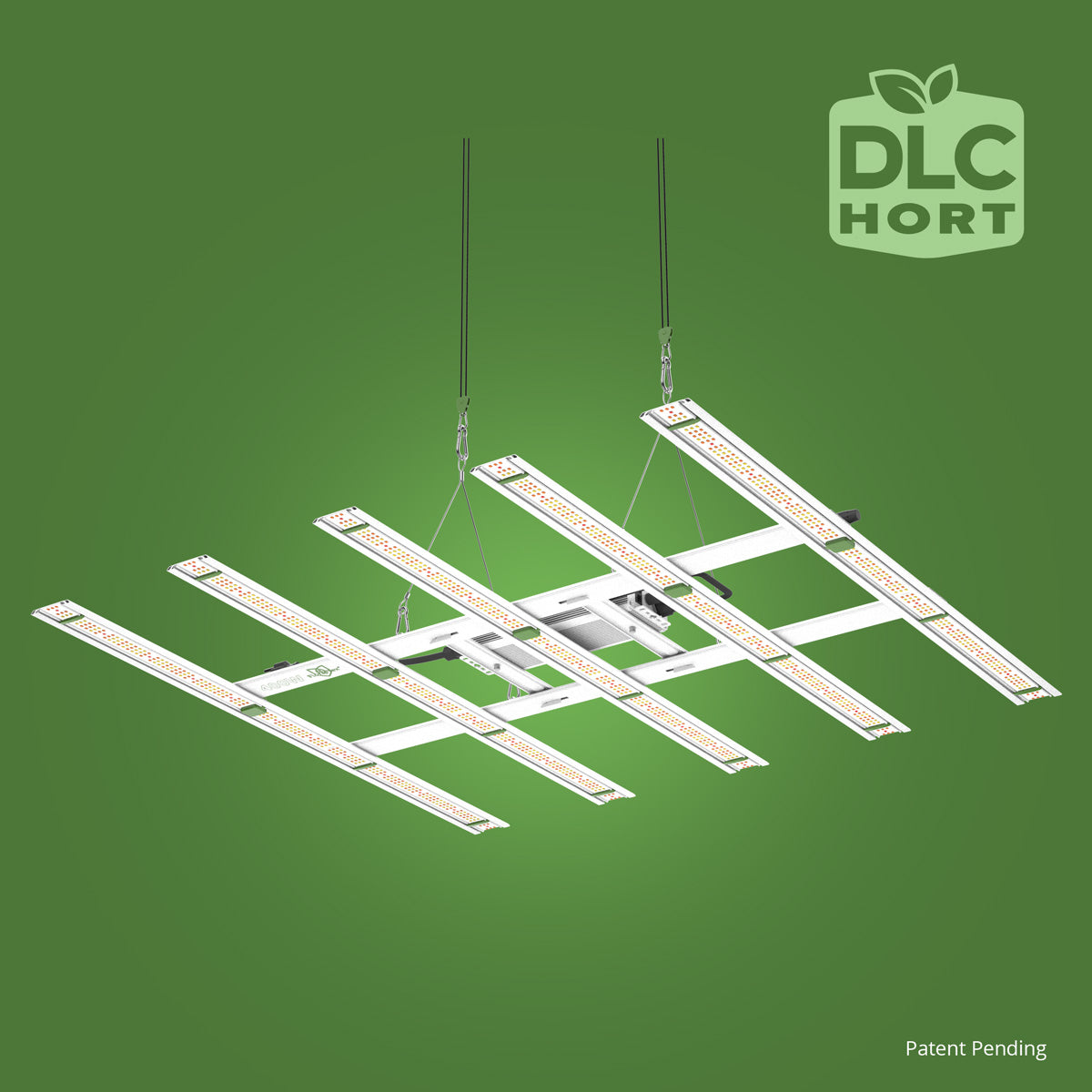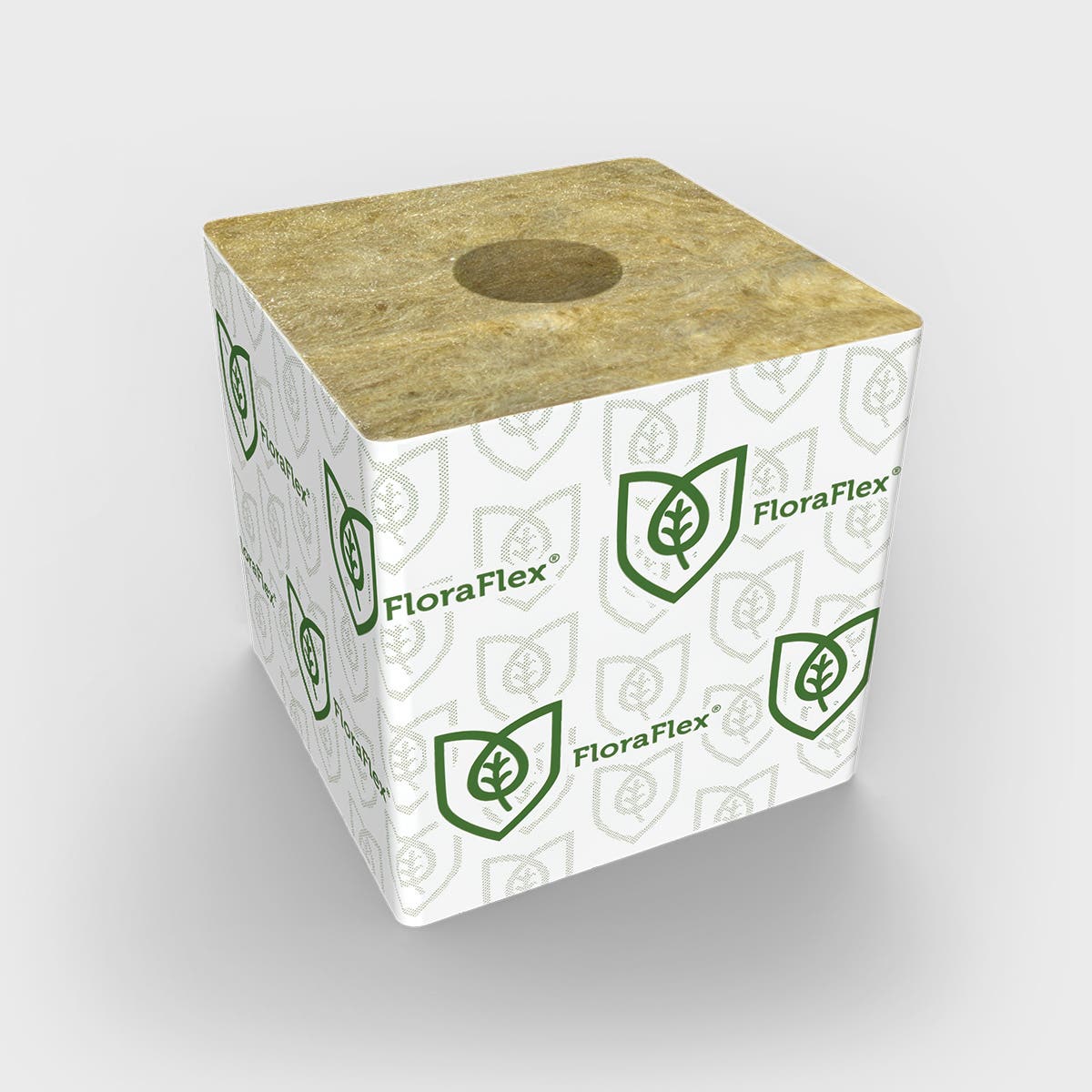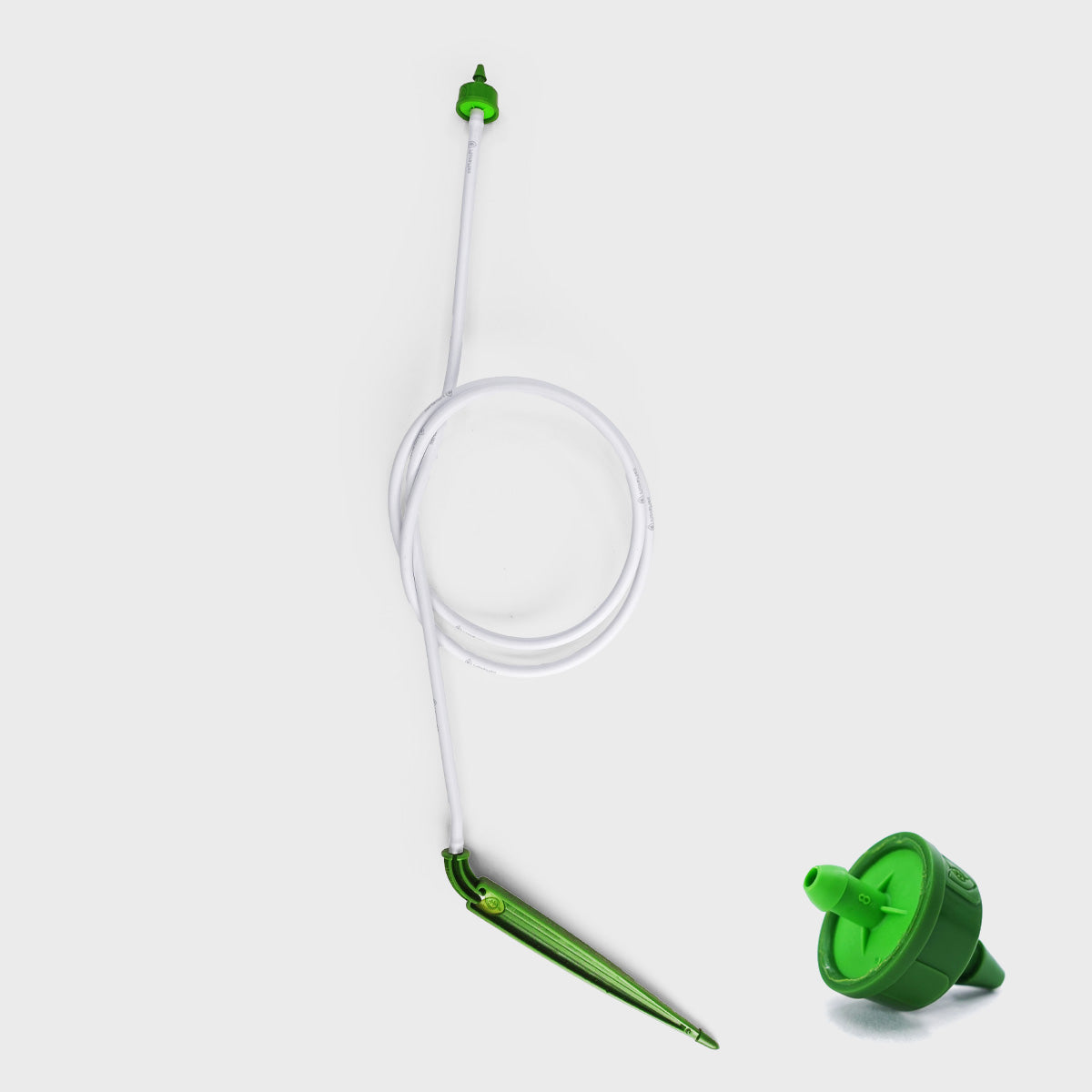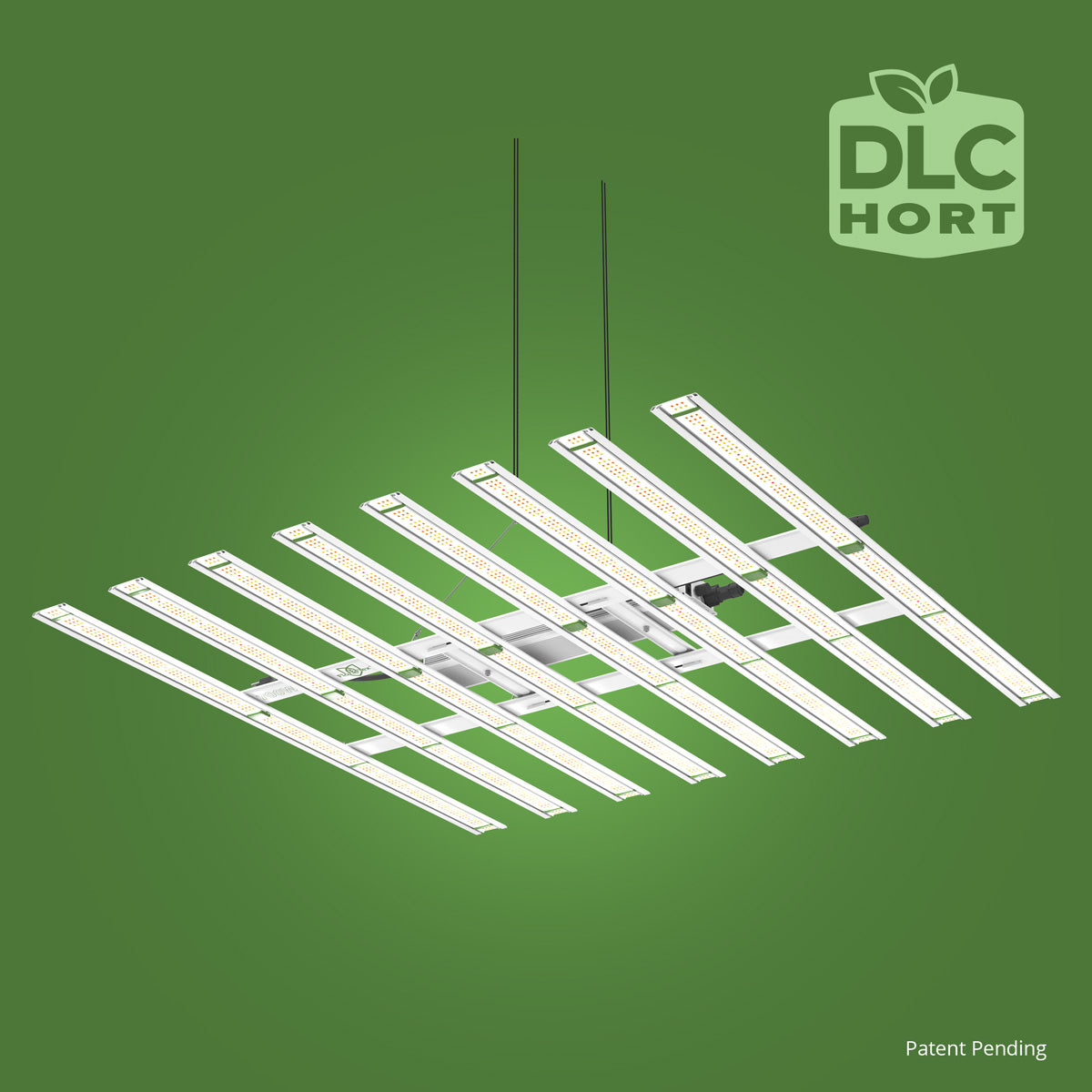Designing a drip irrigation system can be a complex process, but it is essential for ensuring that your plants receive the right amount of water and nutrients. In this blog post, we'll discuss the key elements of drip irrigation design and provide some tips for creating a system that meets your garden's specific needs.
Elements of drip irrigation design
-
Water source: The first step in designing a drip irrigation system is to determine the water source. This can be a tap, a hose, or a dedicated irrigation line.
-
Water pressure: The water pressure of your system is important for ensuring that the water is delivered evenly to all plants. Use a pressure gauge to measure the water pressure and adjust as necessary.
-
System layout: The layout of your drip irrigation system will depend on the size and shape of your garden. Consider the location of your plants, any slopes or uneven terrain, and any obstacles that may need to be worked around.
-
Tubing size: The size of your tubing will depend on the flow rate and pressure of your system. Larger tubing can deliver more water, but may require more pressure.
-
Emitters: Emitters come in a variety of sizes and types, and it's important to choose the right ones for your plants. Consider the flow rate of your system and the water needs of your plants when selecting emitters.
-
Fittings: Fittings connect the tubing and emitters and allow you to customize the system to fit your garden's layout and needs.
-
Timer: A timer controls when the water is delivered to the plants, allowing you to water them at specific intervals.
Tips for designing a drip irrigation system
-
Start small: If you're new to drip irrigation, start with a small area and work your way up. This will allow you to gain experience and make adjustments as necessary.
-
Consider the water needs of your plants: Different plants have different water needs, and it's important to take this into account when designing your system.
-
Test your system: Once your system is installed, test it thoroughly to ensure that it is delivering water evenly to all plants.
-
Make adjustments as necessary: As your plants grow and change, you may need to make adjustments to your system to ensure that they receive the right amount of water.
Designing a drip irrigation system requires careful planning and consideration of your garden's specific needs. By understanding the key elements of drip irrigation design and following our tips, you can create an efficient and effective watering system that delivers the right amount of water and nutrients to your plants. Happy gardening!








